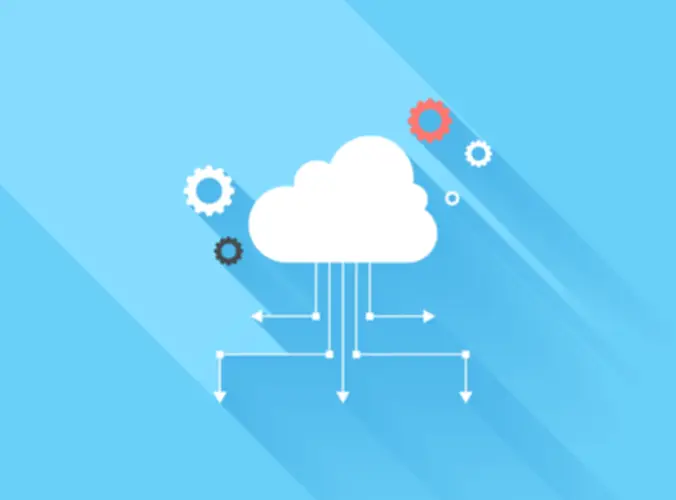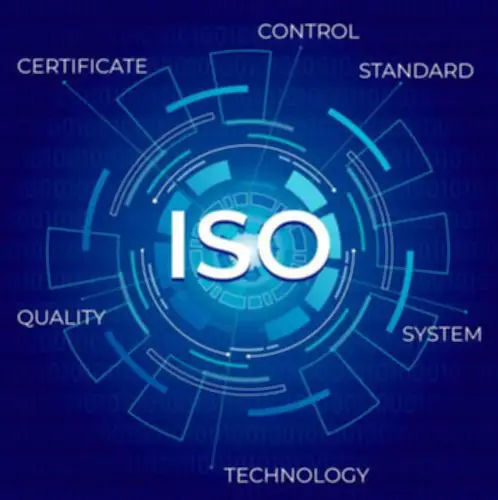施工実績

What’s A 5×5 Risk Matrix & The Method To Use It?
2024.02.13This type of risk impacts the worth of bonds more directly than shares and is a major risk to all bondholders. Now is a perfect time to carry out a danger evaluation if you’ve never what is risk level had one or if it’s been greater than three months since your last assessment. Regular, short coaching periods and checks should happen to keep workers sharp and conscious. This practice is part of the IT Roadmap strategy, which helps organizations plan and finances for replacements.
Knowledge Threat Classification Examples
Instead, it makes use of a person’s subjective judgment and expertise to construct a theoretical mannequin of threat for a given situation. A qualitative evaluation of a company may embrace an evaluation of the corporate’s administration, the relationship it has with its distributors, and the public’s perception of the company. The most common https://www.globalcloudteam.com/ sorts are the 3×3 threat matrix, 4×4 risk matrix, and 5×5 danger matrix.
Danger Assessment Matrix: Overview And Information

Best practices require at least three classes for each of the risk’s likelihood of prevalence and impact/severity. By score and color-coding these dangers in a risk evaluation matrix, audit, threat, and compliance professionals can identify the most pressing threats to the business and plan for them. Risks pose real-time threats, and you have to have the ability to make informed choices to mitigate them shortly.
The Fundamentals Of Threat Management Framework Impression Levels
This common language helps make certain that danger choices are made objectively and effectively, leading to higher threat management outcomes. For most organizations, having a tool to visually represent a risk evaluation is paramount to efficient operations administration. It is important for organizations to establish and prioritize high-impact risks to be able to allocate assets and develop efficient mitigation strategies. This can involve conducting threat assessments, implementing controls, and regularly monitoring and reviewing danger administration processes. One of the key advantages of using influence levels in danger management is that it helps organizations allocate sources extra efficiently.
Step #6: Put Control Measures In Place
If an unforeseen event catches your organization unaware, the influence could presumably be minor, corresponding to a small impression in your overhead costs. In a worst-case situation, although, it might be catastrophic and have severe ramifications, similar to a major financial burden and even the closure of your business. A qualitative evaluation of danger is an analytical method that does not rely on numerical or mathematical analysis.

How To Determine The Danger Administration Framework Influence Levels?

Organizations must ensure that their framework aligns with their general enterprise objectives and goals, and its use is constantly communicated throughout all ranges of the organization. Additionally, the framework must be regularly reviewed and updated to stay efficient and related as new dangers emerge. It is important for organizations to grasp that effective danger administration is an ongoing process that requires constant consideration and adaptation. This implies that threat management methods and methods must be regularly reviewed and updated to ensure that they continue to be relevant and effective in addressing new and rising risks. Additionally, organizations ought to consider investing in risk management coaching and schooling for employees to make certain that everyone seems to be conscious of potential risks and tips on how to handle them. The risk rating matrix refers to the classification of risks and their impacts on the enterprise concerning reputational or economic harm to an organization or a sector.
- A qualitative analysis of danger is an analytical method that doesn’t rely on numerical or mathematical evaluation.
- Hospitals and medical amenities could prioritize high-impact risks, such as affected person safety and data breaches, over low-impact dangers such as minor tools malfunctions.
- Before we dive into the four risk levels in danger management, it’s essential to understand the fundamentals of danger management.
- Avoidance is a technique for mitigating danger by not participating in actions which will negatively affect the organization.
- Through this technique the organization evaluates the level of risk and identifies it with a particular part of the organization or an investment project or a person.
- Secondly, it helps organizations make more informed selections about which dangers to keep away from, accept, or mitigate.
Risks can change over time, and new risks can emerge, so it’s essential to remain vigilant and adapt your threat administration methods accordingly. Each threat box represents the score of a danger that is calculated primarily based on its particular ranges of likelihood and influence. In most circumstances, the 5×5 threat matrix uses numeric values to better characterize the danger scores. Keep in mind, the risk landscape is constantly evolving, and the risk assessment matrix must be up to date multiple times a 12 months (annually at minimum) so as to replicate the altering risk environment. Failure to replace the chance assessment technique could result in missing emerging dangers that will disrupt enterprise objectives and continuity. Finally, compare the completely different danger rankings (high, medium, or low) to the risk standards (likelihood and impact).
The Means To Determine The Probability Of A Danger Occurring
The threat ranking methodology purely is dependent upon the sector in which the business is operating. This danger ranking method the chance primarily based on its recurrence, which might change relying on the type of business that’s being considered. For instance, for a fast-food company, a frequent likelihood score shall be something that can happen every single day, whereas, for an investment bank, it might be one thing that happens in a month or so. Unsystematic threat, also known as specific risk or idiosyncratic danger, is a class of risk that solely affects an industry or a specific company. Unsystematic threat is the chance of shedding an investment as a result of company or industry-specific hazard.

Additionally, risk mitigation or motion plans should be up to date together with the chance evaluation matrix. Various risks will resurface or change in nature, prompting a commensurate change in mitigation technique. Risks can go up or down of their influence or likelihood scoring, and the mitigation methods of yesterday may no longer be sufficient for today’s environment. It’s important to take into account regulatory, financial, geopolitical, and technological adjustments that may have a major impression in your danger plan.
Through this technique the group evaluates the level of risk and identifies it with a selected a half of the organization or an investment project or a person. In the method, various factors that will affect the risk ranges are decided to assess the impact and the likelihood of the dangers. Another essential aspect of influence levels is that they may help organizations communicate danger data extra successfully. By using a standardized system of influence levels, managers can easily convey the severity of a danger to stakeholders, together with executives, board members, and staff.
Still, even uncommon danger events can have a major impact on business outcomes. While it’s unusual in many industries, a fatal workplace injury could be high-impact and reportable to OSHA. That’s why it’s so crucial to have an correct image of all of the potential risks your business faces so you can assess their impact and create a profitable threat management plan. In addition, danger management frameworks must be versatile and adaptable to changing circumstances and emerging risks. This may involve updating insurance policies and procedures, incorporating new applied sciences, and interesting with stakeholders to ensure a complete understanding of potential dangers and their impact on the group. It is important to notice that the influence degree assigned to a danger isn’t static and may change over time.




